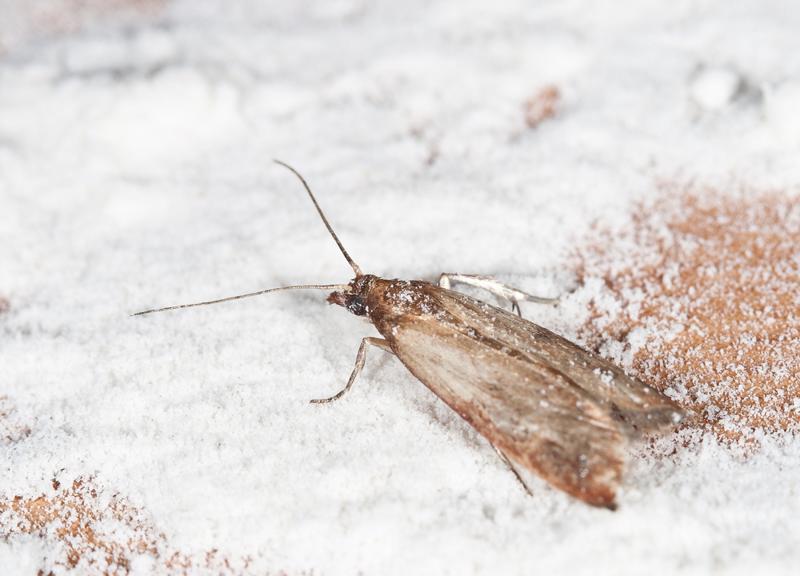All warehouses, regardless of industry, share the same focus: to keep inventory organized, fresh and free of harm. Your customers count on you to deliver uncontaminated and safe products. It’s a facility manager’s duty to make sure nothing contaminates items or lessens their condition while in storage.
To keep your products in top condition, rodents, birds or insects can’t be allowed to enter your warehouse. Since many pests are tiny, sneaky and at times difficult to spot, pest control in a warehouse can be tricky.
Technology such as remote rodent monitoring stations and databases detailing pest management efforts have served to simultaneously advance pest control programs and make them more stringent. Furthermore, attitudes toward toxic pesticides and similar materials are changing, which means new methods must be adopted, including more proactive tactics for controlling pests.
Detecting pest problems
Regular inspections are essential to ensuring your warehouse is free of pests. It might not be immediately obvious if, say, one or two cigarette beetles enter your facility, but a whole swarm of them will cause problems.
Looking for a tip to approach pest control anew? Enter your facility through a less common doorway and perform inspections or treatments in the direction opposite to what you normally do. Gary Hugé, vice president of ASI Food Safety Consultants, wrote in Food Safety Magazine that this piece of wisdom helped him see facilities from a new vantage point and detect even small issues.
Be sure to include hard-to-reach areas in every inspection. The roof may be difficult for you to access, but it may be home to mosquitos and pigeons. The dark corners of your vents and pipes may be largely untouched, but that’s just what cellar spiders are looking for, according to the National Pest Management Association.
 Don’t just get rid of pests. Prevent them from coming into your facility in the first place with proactive measures.
Don’t just get rid of pests. Prevent them from coming into your facility in the first place with proactive measures.Preventing pests from entering a warehouse
Early detection of a pest problem is important to getting it under control quickly, but it’s best if the pests don’t have an opportunity to enter your facility at all.
Small pests: insects
Keep all entrances sealed to prevent insects from crawling or flying into your facility. Also, install bug screens, made of industrial mesh that allows for 35 percent airflow, into your doorways. They offer ventilation while preventing bugs, birds and pollen from passing through.
For larger openings, like the loading dock door, further measures must be implemented. Door seals ensure a snug fit while a trailer is being loaded or unloaded, and air curtains do a good job of keeping flying insects from buzzing into your warehouse.
These solutions are most effective, however, when installed correctly. A poorly installed air curtain, for example, can have the reverse effect, pulling insects in instead of pushing them away. Miner’s service professionals can make sure any installations are done the right way the first time.
Large pests: rodents and birds
Check that your building envelope has no weaknesses that invite mice or squirrels to tunnel through. Birds and rats can walk or fly through open doors and windows, so keep these closed or sealed off as much as possible. Strip curtains, made from ceiling-to-floor-length pieces of plastic, can deter a flying bird or scampering mouse from your facility. However, strip curtains lose their effectiveness if they are pulled or tied to the side of the doorway.
All pests
Though they may differ greatly in how they enter a facility and what they’re looking for in a living space, many pests are attracted to the same thing: garbage. Waste management is a critical component of pest management. By using equipment like a compactor to reduce the size of your waste and make it more convenient to haul, you can cut back on the bait that lures pests into your facility.
